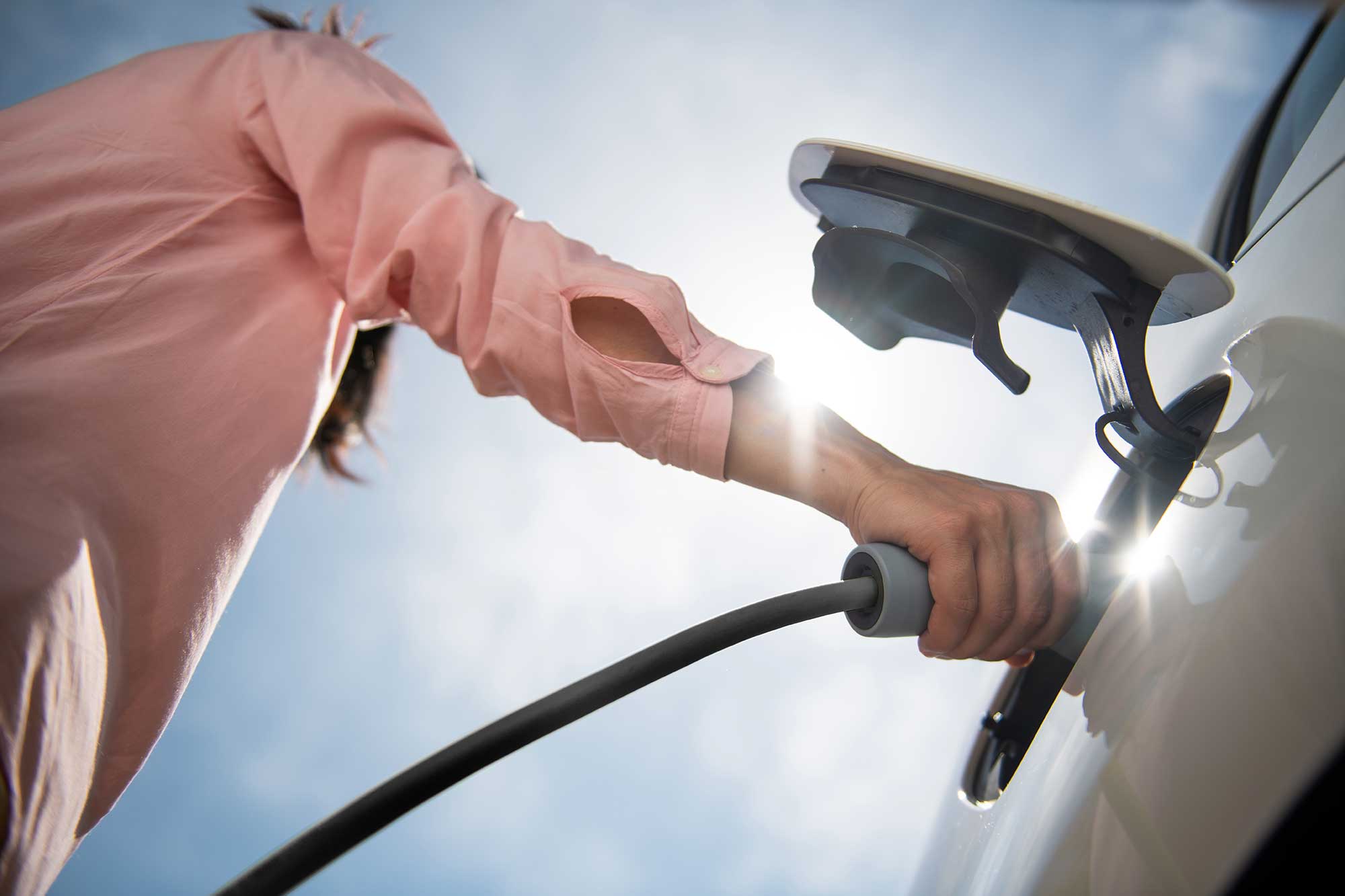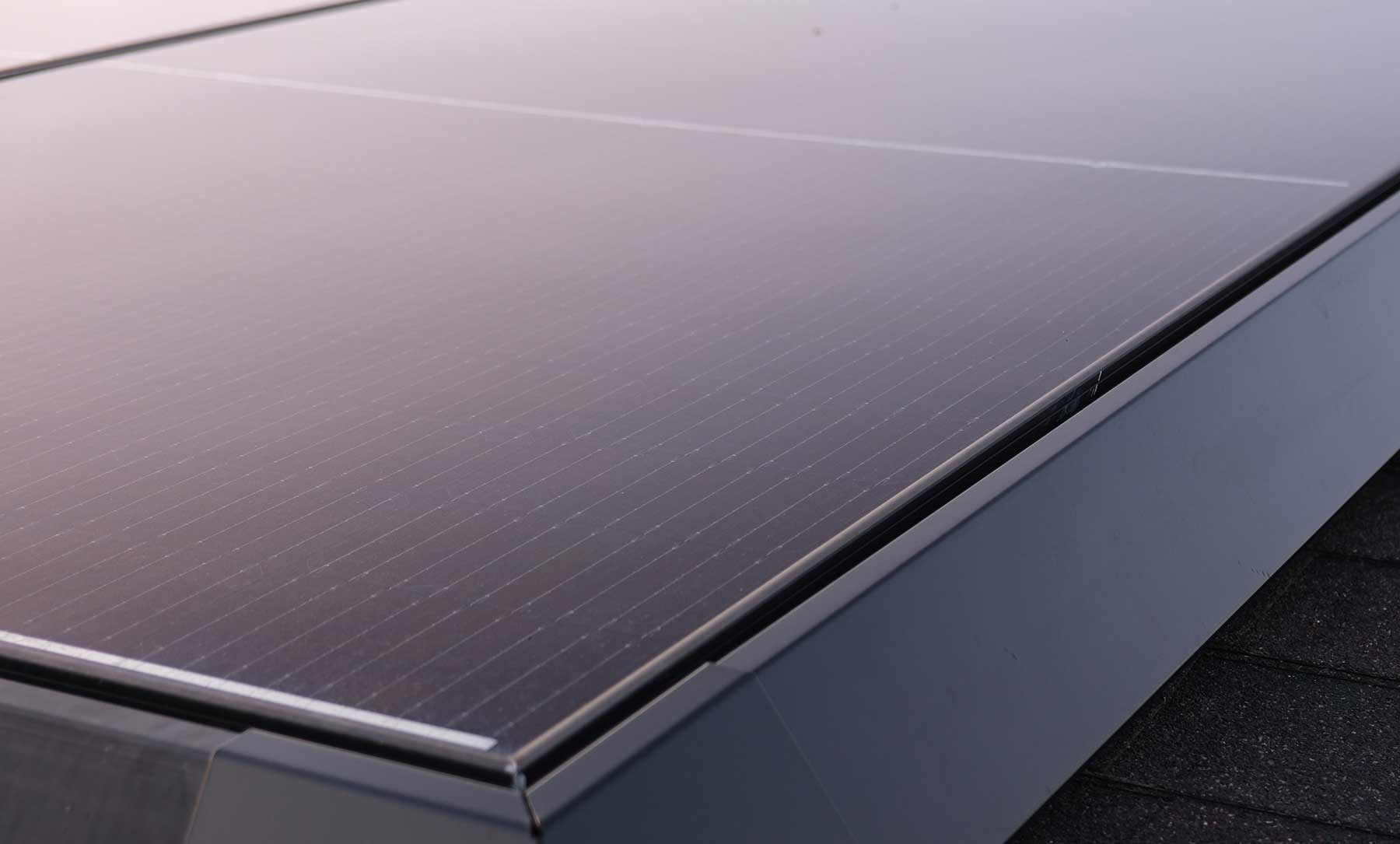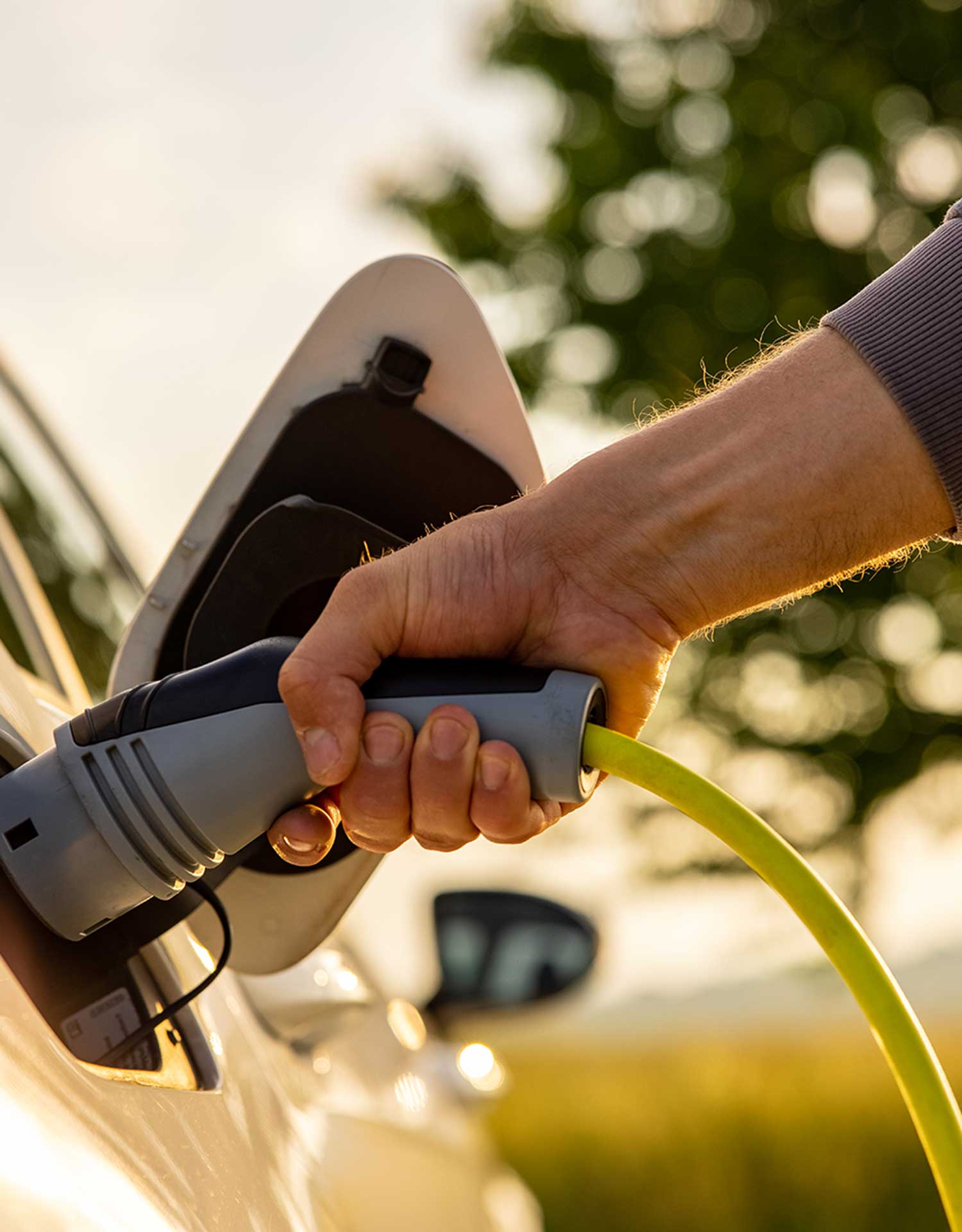EV charging with solar
There are plenty of reasons to invest in an electric vehicle, from eliminating costly trips to the gas station to reducing your carbon footprint. For EV owners looking to take their environmental impact and savings even further, a solar and battery system like the Torus Station can be a fantastic addition. Installing such a system allows you to charge your EV with clean, renewable solar energy that’s good for both the environment as well as your bottom line.
How Solar Charging Works
For EV owners, solar charging refers to using energy from the sun to power your electric vehicle. Unfortunately, solar panels alone often don’t provide direct power to your home. Instead, the electricity they create is sent back to the grid in exchange for credits from your utility company in a process called net metering. As such, most homeowners with solar panels don’t actually use the energy they create, meaning you often need more than just solar to charge an EV with electricity from the sun.
Solar and battery systems still produce energy via solar panels. However, they allow you to directly use, manage, and store the electricity you create. Because of this, they’re a great candidate if you’re looking to power your electric vehicle with solar energy. In fact, many systems include an EV charging station as an add-on.

The Benefits of Solar Charging
There are a couple of benefits to charging your EV with solar energy. Doing so can reduce your carbon footprint, help you save on your monthly electricity bill, and make you far more energy independent.
Smaller Carbon Footprint
While electric vehicles are more environmentally friendly than their combustion engine counterparts, a significant portion of the grid’s electricity is still created by burning fossil fuels. Furthermore, most EV owners find it most convenient to charge their cars overnight. Unfortunately, utility companies often rely more heavily on coal and natural gas power plants after the sun has set, meaning peak EV charging hours also happen to be the worst time to pull from the grid. This means that while your EV might not be polluting directly, the energy that powers it is still responsible for some CO2 emissions.
By creating and managing your own renewable energy with a solar and battery system, you unlock the ability to charge your EV with electricity generated by the sun. And, because these systems can create renewable energy during the day and store it for later use, they even allow you to charge your car with clean power at night. Doing so substantially reduces your vehicle's carbon footprint, making your initial choice to invest in an EV that is much more beneficial for the planet.
Power Bill Savings
As mentioned above, most EV owners charge their vehicles overnight. While doing so isn’t ideal for the planet, it’s also quite hard on your wallet. Demand on the grid is almost always highest at night. Depending on where you live, this can cause electricity costs to skyrocket after the sun has set. As such, plugging in your vehicle after dark greatly increases your susceptibility to costly utility fees like time-of-use and demand charges.
Thankfully, solar and battery systems offer multiple solutions. As we’ve mentioned, they allow you to charge your vehicle around the clock using free electricity generated by your solar panels. However, some systems also allow you to pull inexpensive electricity from the grid during the day, store it in your battery, and use it later when energy costs are higher. Both of these options can provide significant savings to EV owners looking to lower their power bills.
Energy Independence
There’s a lot we don’t control about our energy consumption. If you own a gas-powered car, you’re often at the mercy of fluctuating gasoline prices. The same goes for EV owners experiencing increased electricity rates or more frequent outages. Installing a system that allows you to power your electric vehicle with solar energy puts you back in control.
Installing a solar and battery system that’s compatible with EV charging insulates you from increasing energy rates. Doing so also enables you to charge your vehicle even if the grid is down. As costs, severe weather events, and grid instability continue to rise, energy independence can be a considerable advantage to EV owners.

Torus Solar Charging Features
Our very own solar and battery system—The Torus Station—has a couple of unique features that greatly benefit EV owners.
Solar Charging
The Torus Station seamlessly integrates with a number of chargers, including our very own Torus Level II Charger. Through the Torus App, you have complete control over where your EV is pulling from (solar, grid, or battery) and how quickly it’s charging. If you’re not in a hurry, you can tell your vehicle only to use the excess renewable energy being created by your solar panels, helping you make the most out of every last watt. Better yet, thanks to Torus’s predictive weather data, the app can anticipate how quickly your vehicle will charge based on the energy available to you. In short, it’s a great way to make your next commute 100% cost and emissions-free.
Grid Arbitrage
The Torus Station has powerful energy arbitrage abilities, meaning it can monitor energy costs in real-time and store electricity from the grid when it’s at its cheapest. As we’ve mentioned, doing so is a great way to lower EV charging costs.
The Takeaways…
If you’re an EV owner looking to charge your vehicle with power from the sun, solar and battery systems are a great option. They’re reliable, efficient, and often include features designed specifically for EV charging. Better yet, installing one can make EV charging greener, cheaper, and far more dependable.
You May Also Like

Press Release
Torus Names Bill Comeau as Chief Utility Officer to Advance Utility Partnerships
With extensive experience across the energy sector, Comeau will lead Torus’ efforts to co-create new utility programs that enhance reliability and resilience.

In The News
Torus and Waterford School Honored by Utah Clean Energy for the Murray Science Center Project
Torus and Waterford School were recognized by Utah Clean Energy and the Utah Association of Energy Engineers (AEE) Utah Chapter for outstanding achievement in sustainable energy innovation.
